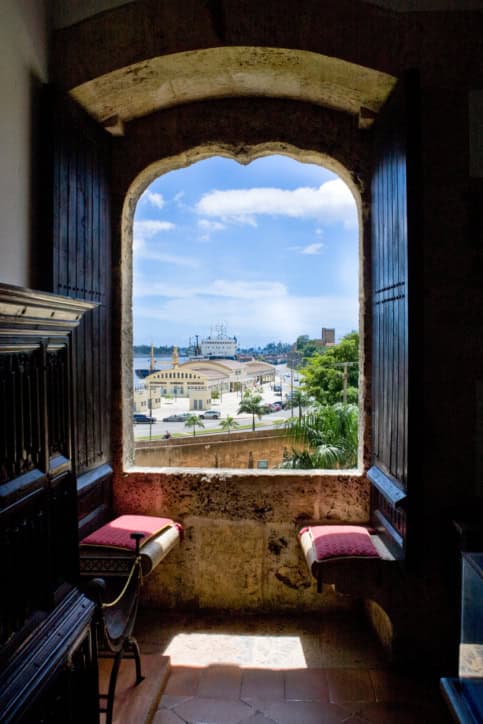Although Haitian residents will never forget 2010’s unrelenting earthquake that all but erased Port-au-Prince and similar cities, architecture that long told the story of a rich history still remains firmly attached. In an effort to disburse inhabitants into smaller towns affected by this harrowing natural disaster, Haitian officials are pushing residents from the island’s capital outward in hopes of rekindling the once strong community values seemingly swept away. Where does this leave their historic architecture?
A cultural revival
The gingerbread-style historical buildings were the fabric by which tourists wove their vacations, honeymoons and even mission trips. Although many tourists now purchase various Haiti vacation club memberships, or purchase packages that land them inside Port-au-Prince, these buildings are being erected by local and international contractors to simulate the visual splendors that once were.
From the first official settlement in 1659 in Tortuga, to the numerous inspirational stories that have swept islanders into another dimension, it seems all good things related to Haiti involve some level of architecture. All this from an island widely associated with poverty, revolution and slavery.
Buildings fell, but blueprints didn’t
If you’re assuming that all which made Haitian buildings excellent was swept away with one 7.0 Richter measurement, you’re reading too far into commercial journalism. The blueprint for tomorrow’s Haiti involves refurbishing the archaic, rediscovering the hidden gems of the island through perfectly erected buildings, and overhauling the once structurally poor homes into the rich historical significance they upheld decades prior. As the Wall Street Journal depicted in their Gingerbread renaissance piece, the buildings that still remain will become the blueprints by which structures – and lives – will be revived.
The fact Haiti’s presidential palace fell in mere minutes when the earthquake started spoke volumes about the state of economic affairs during that time: weak foundationally, yet hopeful for future revival. Even the National Cathedral will have an entirely modernized look when completed, an effort founders of the Haitian Post Reconstruction Program hopes will bring soul back to the impoverished island.
Surprisingly, The Citadelle Laferrière and similar Haitian landmarks were relatively unscathed by the vicious seismic shift. Although many architects will argue the fact nearly 75% of Haiti’s structures were up to code, this fact pales in comparison to the true problem with Haitian architecture like the timeless Sans-Souci Palace – lack of respect and preservation.
Rebuilding, but vacation worthy
Although the entire country is rebuilding with the help of American, British and other worldwide contributions, much of Haiti’s coastline is still very much tourist friendly and worthy of looking at the remnants of wonderful architecture that once was. The physical revival will take decades, yet the emotional tolls have been partially restored by the hope of an economically stable tomorrow.
Nearly four years after the earthquake documented a loss of roughly 265,000 lives in Haiti and left 1.5 million people homeless, one can only see the true losses are physical. The streets, huts and hard-working individuals still living on this island know that true architecture is built from the heart, and the Haitian culture lacks nothing in that category.















